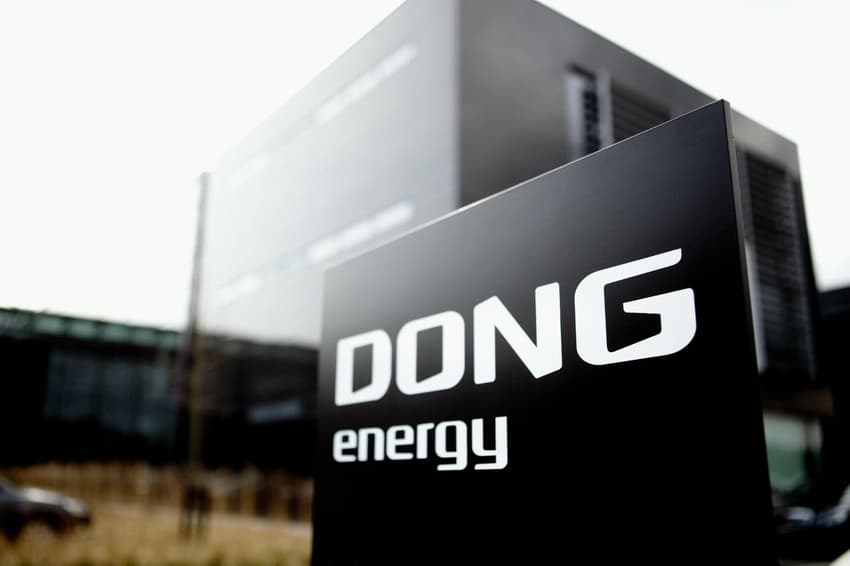Denmark's Dong Energy profits soften as wind drops

Denmark's leading wind energy group Dong Energy said Thursday earnings fell in the first quarter, partly because winds were not up to snuff at the start of the year.
Net profit fell by 47 percent to 3.19 billion kroner (429 million euros), and turnover by one percent to 17.42 billion.
A month of January "with weak winds" caused a lull in production, although February and March were "close to a normal wind year", it said.
READ ALSO: Dong gets nod for 'world's biggest offshore wind farm'
Dong said earnings also suffered by comparison to a particularly strong year-earlier quarter when the renegotiation of gas purchase contracts and the sale of its gas distribution boosted income.
Dong shares swiftly ran into headwinds on the Copenhagen stock exchange in reaction Thursday, falling 1.9 percent in morning business.
The results for offshore wind, which the group considers its core business, deteriorated with a 19 percent decline in turnover and a 26 percent drop in gross operating income (EBITDA).
But Dong boosted its wind power production by 24 percent to 2.1 terawatt hours thanks to a rise in its capacity in mainly Germany and Britain.
READ ALSO: Denmark's Dong Energy to ditch coal by 2023
We are seeing significant momentum in the offshore wind industry, with innovation and notably reduced costs creating new market opportunities and an ever-stronger value chain. Competitive intensity is escalating," CEO Henrik Poulsen said in a statement.
The group welcomed the strong contribution of an activity it wants to spinoff, oil and gas, thanks to a "high and stable production" and a 70 percent cut in investments.
Poulsen reiterated the company still aims to sell this business this year, without giving any indication of a possible buyer.
READ ALSO: New probe of Denmark's Dong sale to Goldman Sachs
Comments
See Also
Net profit fell by 47 percent to 3.19 billion kroner (429 million euros), and turnover by one percent to 17.42 billion.
A month of January "with weak winds" caused a lull in production, although February and March were "close to a normal wind year", it said.
READ ALSO: Dong gets nod for 'world's biggest offshore wind farm'
Dong said earnings also suffered by comparison to a particularly strong year-earlier quarter when the renegotiation of gas purchase contracts and the sale of its gas distribution boosted income.
Dong shares swiftly ran into headwinds on the Copenhagen stock exchange in reaction Thursday, falling 1.9 percent in morning business.
The results for offshore wind, which the group considers its core business, deteriorated with a 19 percent decline in turnover and a 26 percent drop in gross operating income (EBITDA).
But Dong boosted its wind power production by 24 percent to 2.1 terawatt hours thanks to a rise in its capacity in mainly Germany and Britain.
READ ALSO: Denmark's Dong Energy to ditch coal by 2023
We are seeing significant momentum in the offshore wind industry, with innovation and notably reduced costs creating new market opportunities and an ever-stronger value chain. Competitive intensity is escalating," CEO Henrik Poulsen said in a statement.
The group welcomed the strong contribution of an activity it wants to spinoff, oil and gas, thanks to a "high and stable production" and a 70 percent cut in investments.
Poulsen reiterated the company still aims to sell this business this year, without giving any indication of a possible buyer.
READ ALSO: New probe of Denmark's Dong sale to Goldman Sachs

Join the conversation in our comments section below. Share your own views and experience and if you have a question or suggestion for our journalists then email us at [email protected].
Please keep comments civil, constructive and on topic – and make sure to read our terms of use before getting involved.
Please log in here to leave a comment.